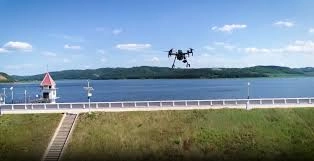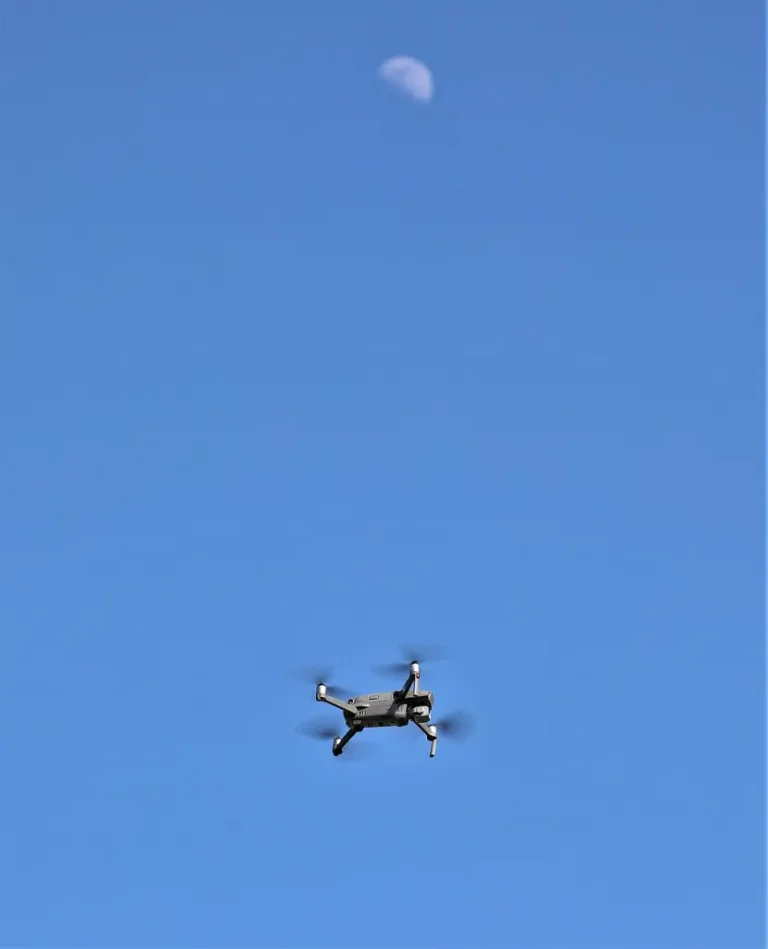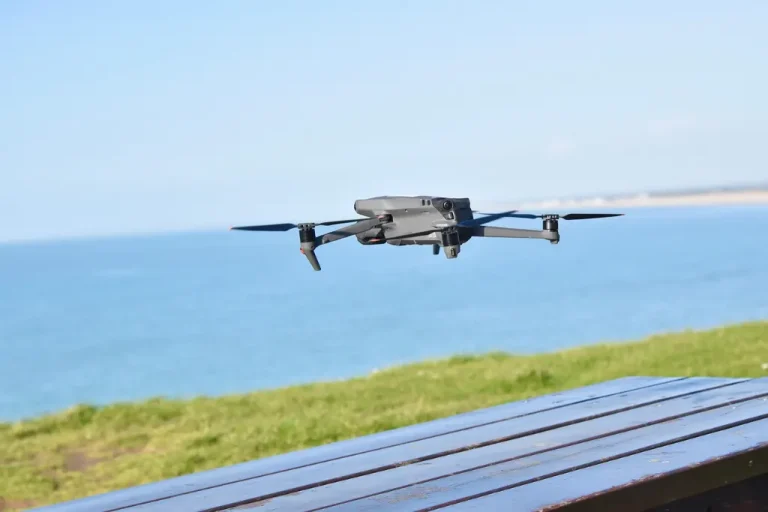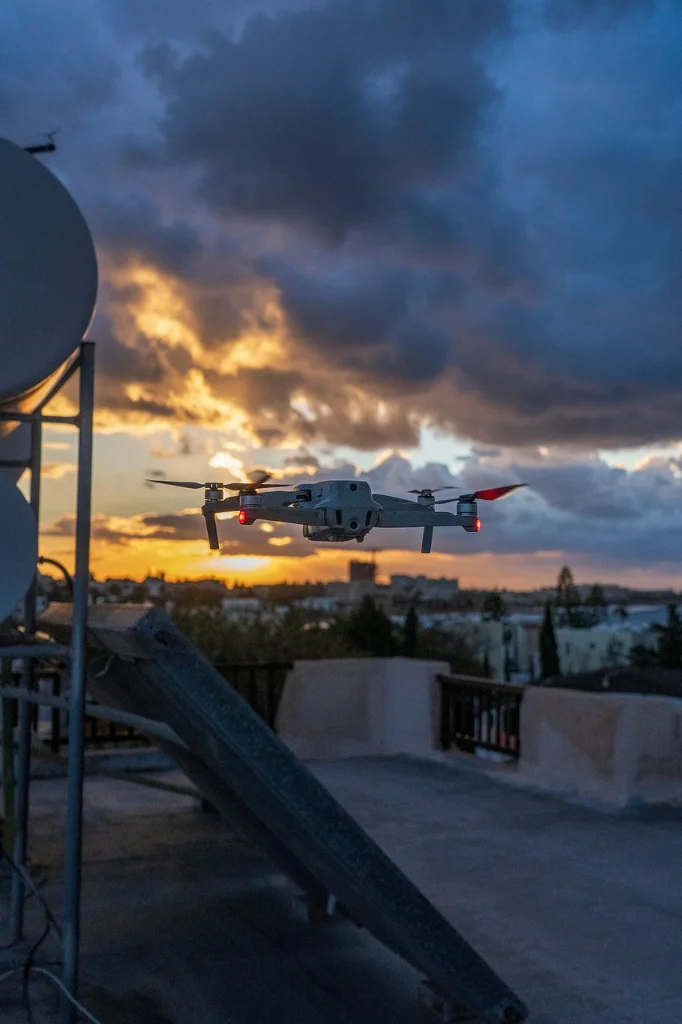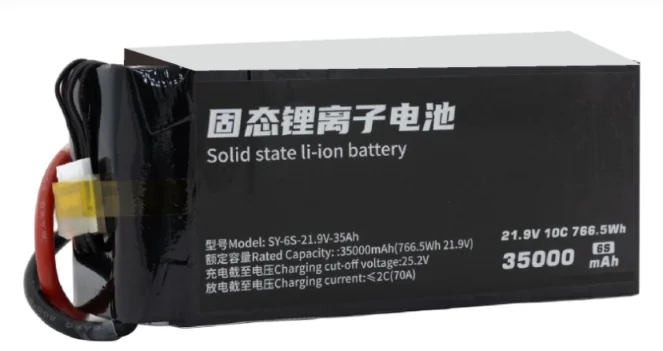Drones Are Water Management’s New Rockstars
Why They’re Straight Fire
Drones are flipping water management like a boss. They zoom in with real-time pics and sensors, snagging data from spots too sketchy for boots on the ground. No more risking lives or blowing cash on old-school treks. They’re fast as hell, too—floods or spills hit, drones are on it like cats on catnip. Saves time, saves dough, saves rivers.
What Makes ‘Em Dope
These flyboys pack high-res cams, thermal vision, and sensors that sniff out temp, salt, or murk. Data’s tight, perfect for big calls. GPS keeps their maps on lock, turning them into water-watching ninjas. From lakes to pipes, they’re the MVP.
How Drones Run the Water Game
Checking Water’s Vibe
Drones are water quality sheriffs. They scoop samples and scan for pH, oxygen, or nasty pollutants. Got funky chemicals? Their sensors catch ‘em quick, letting crews shut it down before the fish start floating. It’s eco-cop vibes on steroids.
Scoping Lakes, Rivers, and Dams
Big water bodies are a pain to check old-school. Drones? They glide over, snapping pics of water levels or weedy shores. Helps track cycles, keep ecosystems chill, or spot trouble before it floods your town. Cheap, fast, and no boat needed.
Mapping Like Cartographer Kings
Drones spit out killer maps with photogrammetry or LiDAR. Need irrigation plans, flood walls, or conservation zones? They’ve got you with pixel-perfect layouts. Even in middle-of-nowhere swamps, they nail the deets.
Drones Pimpin’ Irrigation
Making Farms Drink Smart
Drones are farm-water wizards. Thermal cams spot thirsty crops or dry dirt, so farmers water only what’s parched. No more drowning fields or wasting drops. It’s like giving your plants a custom hydration plan—max yield, min waste.
Sniffing Out Leaky Pipes
Irrigation leaks are cash-drainers. Drones with thermal gear catch hot or cold spots from busted pipes or clogs. Fly over, spot the mess, fix it fast. Keeps water flowing right and your farm’s budget happy.
Why Drones Ain’t All Smooth Flying
Rules Cramping Their Style
Drones got legal hoops to jump. Governments slap tight rules—altitude caps, no-fly zones, permit headaches. Wanna buzz a dam or wetland? Better beg for clearance. Privacy’s a thing too; folks don’t love drones snooping. Data laws gotta be on lock. Plus, every country’s got its own playbook, screwing up global gigs. Crashes? You’re on the hook for damage. It’s a regulatory jungle out there.
Tech and Weather Throwing Shade
Drones ain’t perfect. Battery life’s a buzzkill—most poop out quick. Taixing Shengya Electronic Technology Co., Ltd.’s SY-14S-51.1V-31Ah packs juice with 1000-cycle life at 0.5C, but long missions still strain. Weather’s a hater too. Rain, wind, or heat can wobble flights or fog cams. Hilly spots mess with GPS, and humid vibes fry electronics. It’s a tough grind for these sky bots.
What’s Next for Water-Watching Drones
Batteries Getting Jacked
Drone future’s all about juice. Shengya’s SY-6S-21.6V-39Ah hits 306wh/kg with 6S1P/21.6V configs, letting drones fly longer without crashing. High-discharge (10C) and stab-proof builds keep ‘em safe for gnarly jobs. Hydrogen cells and solar rigs are creeping in, promising eco-friendly marathon flights.
AI and IoT Making Drones Brainy
AI’s turning drones into water geniuses. Real-time data crunching spots funky water or leaks without a human blinking. Machine learning predicts spills from old flyovers. IoT links drones to ground sensors or HQ, painting a big-ass water picture. Auto-flying drones with obstacle-dodging tech cut grunt work, making ops slicker than a wet river rock.
Frequently Asked Questions (FAQs)
- What challenges do drones face in water resource management?
Drones encounter regulatory hurdles, technical limitations like short battery life, and environmental factors such as harsh weather conditions during operations. - How do advanced batteries improve drone performance?
High-energy-density batteries like SY-12S-44.4V-30Ah enhance endurance by offering longer flight times and higher discharge rates while ensuring safety through features like puncture resistance. - Can drones operate autonomously in water resource monitoring?
Yes, with AI integration, drones can perform autonomous tasks such as mapping water bodies or analyzing quality metrics without direct human control. - Are there any eco-friendly alternatives to current drone batteries?
Research into hydrogen fuel cells and solar-powered systems offers promising eco-friendly alternatives that could replace traditional lithium-ion batteries.
For customized solutions that improve drone endurance using advanced battery technologies offered by Taixing Shengya Electronic Technology Co., Ltd., feel free to reach out directly.


